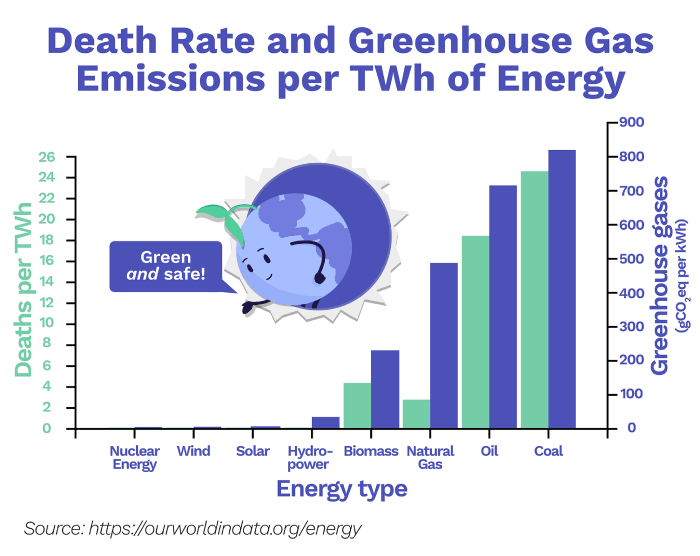The Number One Climate Problem: Clean Energy
6 minute read
Updated on: 17 Apr 2021
Almost everything we do these days requires large amounts of energy.
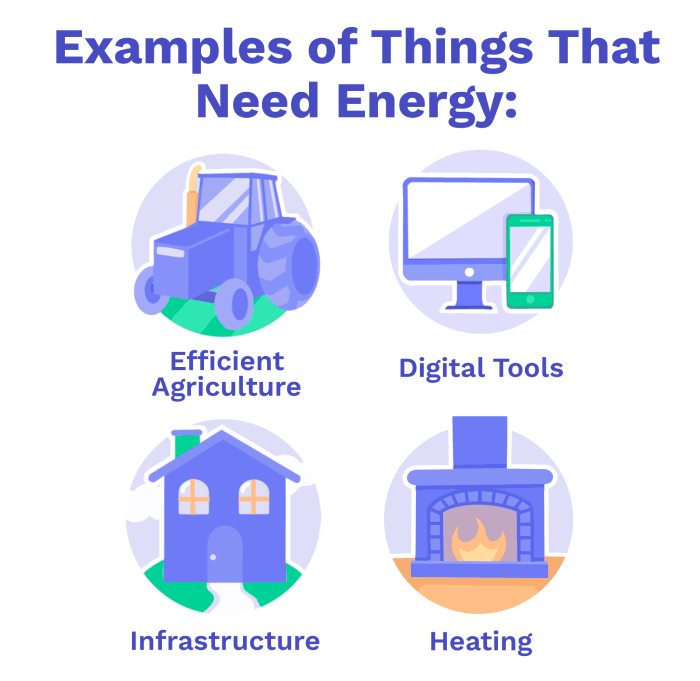
Examples of things that need energy
Could we just use less?
There is a correlation between a country’s development and how much energy each of its citizens uses.
You can see that, after around 5,000kWh per person, improvements get smaller. In other words, using more than 5,000kWh of electricity per person does not significantly further a country’s development. However, many of the countries that use less than 5,000kWh per person are still developing and often don’t have proper health and education systems
. In an ideal world, all countries would be energy-efficient: well-developed but without using more electricity than is necessary.
Many of the things people in the EU and US might take for granted (high-quality infrastructure, reliable electricity, etc.), are just impossible in Sub-Saharan Africa and parts of South-East Asia because the people there don’t have access to enough energy to do them.
What’s the problem?
While energy seems to be important for development, much of the energy we use is produced in ways that are harmful to the environment.
This graph shows where we get our energy from. Sadly, 84.7% of our energy comes from fossil fuels (coal, oil, and gas)
. That’s bad for climate change because burning fossil fuels creates the greenhouse gas CO₂
.
Coal, oil, and gas emit much more CO₂ per unit of electricity generated than other sources of energy such as nuclear energy, wind, solar, and hydro energy.
As if this wasn’t enough, fossil fuels are also responsible for many more deaths than other energy sources because of air pollution.
Let’s have a look at the numbers (we’ll talk more about where they come from in later chapters):
Energy is used in all parts of society: from electricity, transportation fuels, and heating to steel production and manufacturing
.
This course is all about how we can find replacements for fossil fuels in each of these sectors to reduce greenhouse gas emissions. This will be a long journey, but let’s start with the most fundamental question:
What is energy?
Humans get their energy from food. But energy is everywhere, just in different forms. Importantly, energy is never destroyed or made. It is only converted from one type to another
.
All forms of energy fall into two subcategories:
- Kinetic Energy: The energy of motion
.
- Potential Energy: Think of potential energy as a budget. Kinetic energy is the money you are spending right now. Potential energy is the money you have and can spend when you need to.
Different forms of energy exist within these subcategories:
You can see why energy is so important for development: we need to produce thermal energy to heat our homes, kinetic energy to drive our cars, and electrical energy to power our lights.
Energy (in any form) can be measured using a unit called “Joule”. So, if you hold a ball that has 100 Joules of gravitational potential energy, you convert its energy to 100 Joules of kinetic, thermal, and even sound energy when you let it drop.
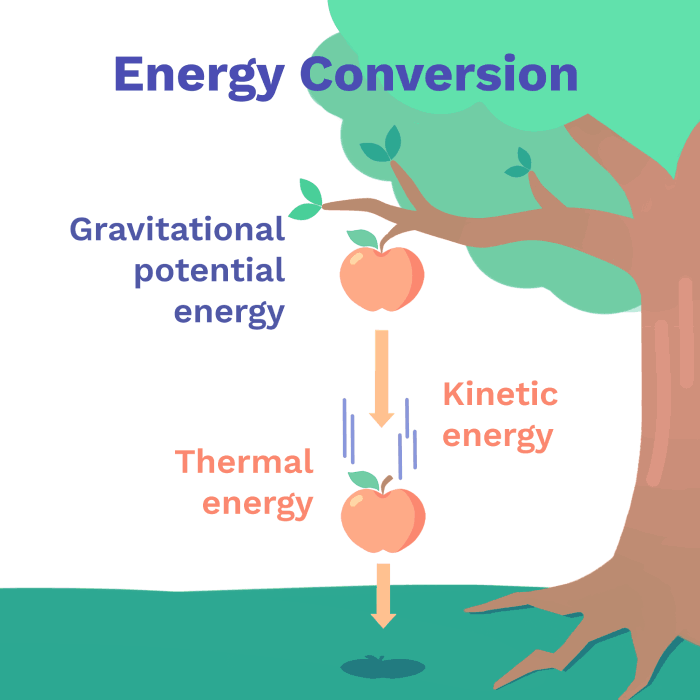
Energy Conversion
Some energy will be lost due to friction. Why? Well, it’s just like when you rub your hands together and they get warm. This brings up an important point: converting energy is almost never 100% efficient - some energy is given off as heat to the environment
! This will be very important later on in the course.
How does electricity work?
Electricity is all about pulling small particles (called electrons) through a device such as a lamp, computer, or oven.
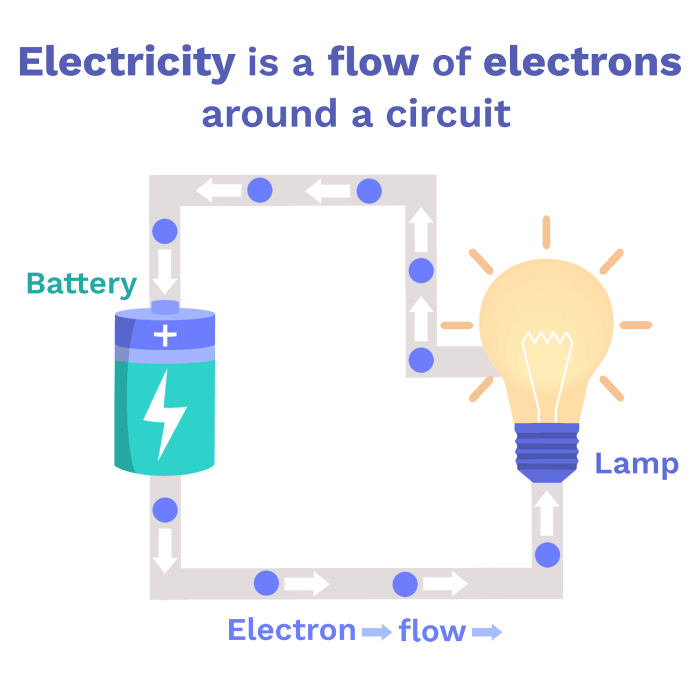
Electricity
There are three parameters to electricity:
- Voltage: How strongly the electrons are pulled towards the other side. This is measured in Volt (V).
- Current: How many electrons travel through the wire per second. This is measured in Ampere (A).
- Time: How long the electrons move through the coil at the given voltage and current. Measured in hours (h).
Voltage and Current together give what’s called Power, measured in Watts. This is calculated using the equation:
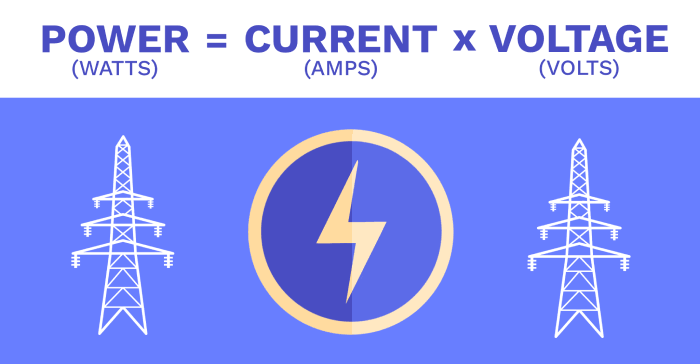
Power equation
Using Watts allows us to measure the total amount of power needed by a device, irrespective of whether it will use a higher voltage or current.
Multiplying power with the time a device is used gives you the amount of energy that’s being used. For example, if a lightbulb uses 60 Watts of power, running it for two hours will use 120 Watt-hours (Wh) of energy. This is the same as 432,000 Joules.
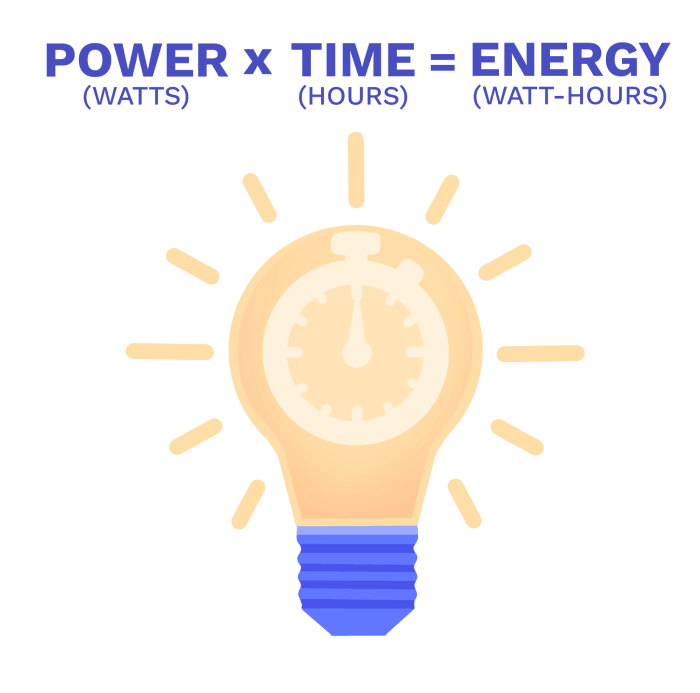
Energy equation
Now that we have the basics, let’s start looking at ways in which we can get energy. The next chapter will look at what we use now - fossil fuels. Once we understand this, we’ll look at different ways to replace them.
Next Chapter



